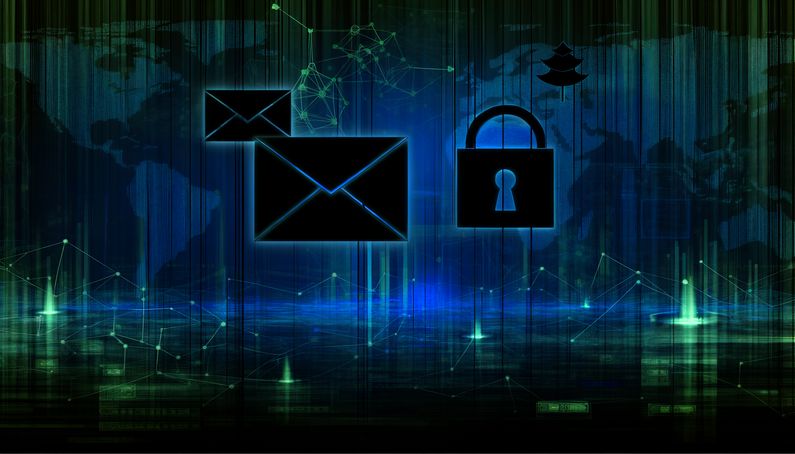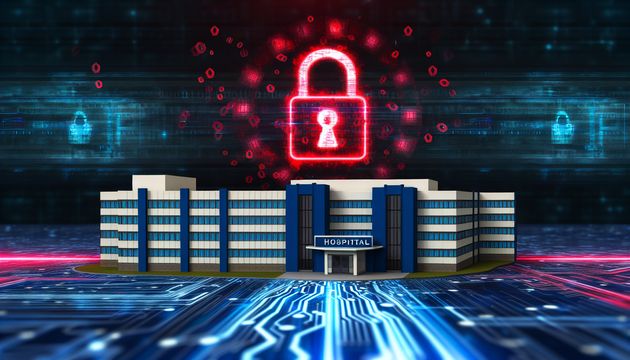
Understanding the PoisonSeed Phishing Campaign: A New Cyber Threat
The PoisonSeed phishing campaign represents a new frontier in cyber threats, targeting individuals with access to critical systems like Customer Relationship Management (CRM) platforms and bulk email services. This campaign is notable for its meticulous approach to target identification and its sophisticated phishing techniques. Attackers focus on high-value individuals, leveraging detailed reconnaissance to ensure their phishing emails reach the most impactful targets. By mimicking legitimate services through carefully crafted emails and fake login pages, PoisonSeed exemplifies the evolving nature of phishing threats. For instance, domains such as mail-chimpservices[.]com were used to deceive MailChimp users, showcasing the campaign’s attention to detail (SilentPush).
Attack Methodology of the PoisonSeed Phishing Campaign
The PoisonSeed phishing campaign is distinguished by its sophisticated attack methodology, targeting high-value individuals with access to Customer Relationship Management (CRM) systems and bulk email platforms. This section delves into the various stages and techniques employed in the PoisonSeed campaign, highlighting its unique characteristics and potential impact on victims.
Target Identification and Reconnaissance
The first stage of the PoisonSeed campaign involves meticulous target identification. Attackers focus on individuals with access to CRM systems and bulk email platforms, as these targets can provide significant leverage for further attacks. The reconnaissance process includes analyzing the email services used by companies for newsletters or marketing purposes and identifying employees in relevant positions. This targeted approach increases the likelihood of success by ensuring that the phishing emails reach individuals with valuable access. (BleepingComputer)
Crafting and Sending Phishing Emails
Once targets are identified, the attackers craft professional phishing emails designed to deceive recipients into believing they are from legitimate sources. These emails are sent from spoofed addresses to enhance their authenticity. The emails often contain links to fake login pages hosted on domains that are carefully named to resemble legitimate services. For instance, in attacks targeting MailChimp customers, domains such as mail-chimpservices[.]com and mailchimp-sso[.]com were used to mimic official MailChimp sites. This level of detail in domain naming is crucial for convincing victims of the email’s legitimacy. (SilentPush)
Phishing Page Deployment
The phishing pages deployed by PoisonSeed are designed to capture sensitive information, particularly cryptocurrency wallet recovery phrases. These pages mimic legitimate login interfaces, making it difficult for users to discern their fraudulent nature. Imagine walking into a store that looks exactly like your favorite brand, but it’s a fake. That’s what these phishing pages do—they replicate the real thing so well that it’s hard to tell the difference. The attackers employ advanced techniques to ensure these pages are convincing, including the use of identical directory structures and registration patterns across multiple domains. This coordinated effort highlights the technical sophistication of the campaign, as well as its focus on cryptocurrency platforms. (SilentPush)
Command and Control Infrastructure
The PoisonSeed campaign utilizes a robust command and control (C2) infrastructure to manage its operations. Think of this as the nerve center of the operation, where attackers can direct their efforts and adapt to changes. This infrastructure comprises multiple domains that are interconnected through similar directory structures and registration patterns. The use of such a network allows the attackers to maintain control over their phishing operations and quickly adapt to any disruptions. The discovery of 49 unique domains related to the campaign underscores the scale and complexity of the operation. (SilentPush)
Exploitation of Cryptocurrency Wallets
A key aspect of the PoisonSeed campaign is its focus on exploiting cryptocurrency wallets. By capturing wallet recovery phrases, attackers can gain complete access to victims’ digital assets. This type of credential theft is particularly damaging, as it often results in immediate and irreversible financial losses. Unlike traditional phishing attacks that target login credentials, the compromise of seed phrases provides attackers with full control over the victim’s cryptocurrency holdings. This demonstrates the campaign’s specific targeting of high-value assets and its potential for significant financial impact. (SilentPush)
Mitigation and Defense Strategies
While the existing content does not cover mitigation strategies, it is crucial to discuss potential defenses against the PoisonSeed campaign. Organizations can implement several measures to protect against such sophisticated phishing attacks. These include:
-
Employee Training and Awareness: Regular training sessions can help employees recognize phishing attempts and avoid falling victim to them. Awareness campaigns should focus on the specific tactics used by campaigns like PoisonSeed, such as domain spoofing and fake login pages.
-
Advanced Email Filtering: Deploying advanced email filtering solutions can help detect and block phishing emails before they reach employees’ inboxes. These solutions should be capable of identifying spoofed domains and suspicious links.
-
Multi-Factor Authentication (MFA): Implementing MFA can add an extra layer of security, making it more difficult for attackers to gain access to accounts even if credentials are compromised.
-
Monitoring and Incident Response: Organizations should establish robust monitoring and incident response protocols to quickly detect and respond to phishing attacks. This includes tracking Indicators of Compromise (IOCs) related to campaigns like PoisonSeed.
By understanding the attack methodology of the PoisonSeed campaign and implementing appropriate defenses, organizations can better protect themselves against this and similar threats.
Final Thoughts
The PoisonSeed phishing campaign underscores the critical need for robust cybersecurity measures. Its focus on exploiting cryptocurrency wallets highlights the potential for significant financial damage, emphasizing the importance of proactive defense strategies. Organizations must prioritize employee training, advanced email filtering, and multi-factor authentication to mitigate such threats. By understanding the sophisticated tactics employed by campaigns like PoisonSeed, businesses can better protect themselves against future attacks. The discovery of 49 unique domains related to this campaign illustrates its complexity and the ongoing challenge of cybersecurity (SilentPush).
References
- BleepingComputer. (2024). PoisonSeed phishing campaign behind emails with wallet seed phrases. https://www.bleepingcomputer.com/news/security/poisonseed-phishing-campaign-behind-emails-with-wallet-seed-phrases/
- SilentPush. (2024). PoisonSeed. https://www.silentpush.com/blog/poisonseed/



